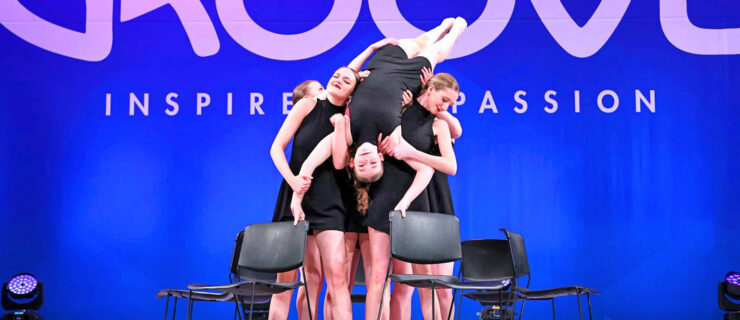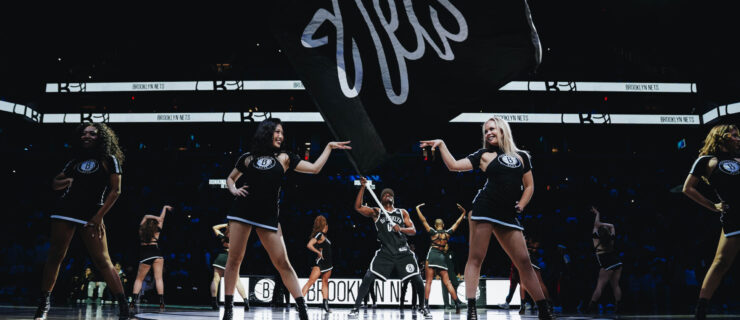3 Pointe Shoe Myths, Debunked
Pointe shoes can transform even the simplest steps into ethereal movements of elegance and beauty as anyone who’s ever seen a ballerina bourree on pointe can attest. It’s no wonder that young dancers long for the day when they too may don a pair of pink satin shoes. But there are a ton of misconceptions—even among dancers—about what pointe work involves. We asked Children’s Healthcare of Atlanta physical therapist Colleen Crosby, who specializes in helping young athletes, to debunk common pointe shoe myths.
Myth #1 Dancing on pointe mainly uses the muscles in your ankles and toes.
Though dancing on pointe does require ankle and toe strength, the ability to rise onto pointe actually comes from your core, glutes, and hips. “It sounds almost counterintuitive, but someone who doesn’t have core or hip strength will have no control over her ankles and feet,” Crosby says. Those larger muscle groups hold the weight that the smaller muscles in your feet can’t support. That’s why your teacher is always encouraging you to use your core and hold yourself from the tops of your legs.
Myth #2 There’s one “perfect” age to start pointe.
Yes, it can be dangerous for a very young and/or inexperienced dancer to begin studying pointe. But age isn’t the key to determining someone’s eligibility for pointe shoes. It really depends on the individual and where they’re at strength-wise. “Stability and stamina vary from person to person,” Crosby says. “The danger of going on pointe too early lies in lower body awareness.” When you’re younger you tend to be less aware of your body, which can make pointe work more difficult. Most teachers understand the factors that should be considered when determining whether a student can safely train on pointe, so it’s crucial that you follow the teacher’s counsel.
Myth #3 Sprained ankles are the only pointe-related injuries you need to worry about.
Though dancing on pointe frequently causes ankle injuries, Crosby says tendinitis is another common pointe-related issue she sees. And not just Achilles tendinitis. Among young dancers on pointe, big toe flexor tendinitis is even more common. Toe flexor tendinitis happens as a result of gripping the floor with the toes, curling the toes when pointing the foot, or knuckling over on pointe. It’s important not to overlook overuse injuries that can result from long hours of training on pointe.
Check out this video for exercises that will train your feet to engage the specific muscles required for pointe work.
Your browser does not support the video tag.



